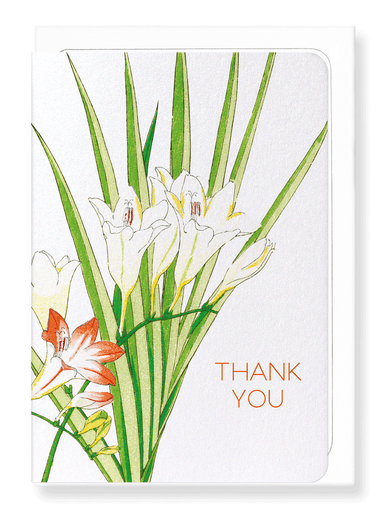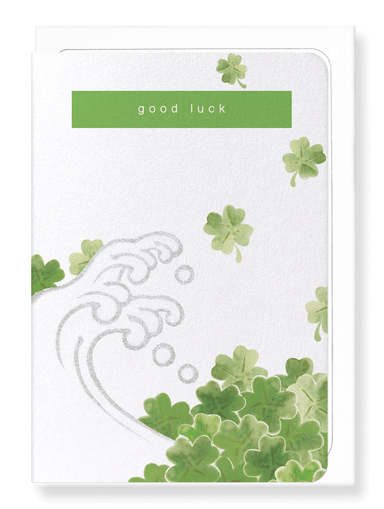Greeting card

FROGS IN SUMO MATCH (EARLY 19TH C)
Text on the reverse side:A playful depiction frogs engaged in a sumo match, blending whimsy with tradition. This charming artwork reflects Japan’s ...
View full details



































